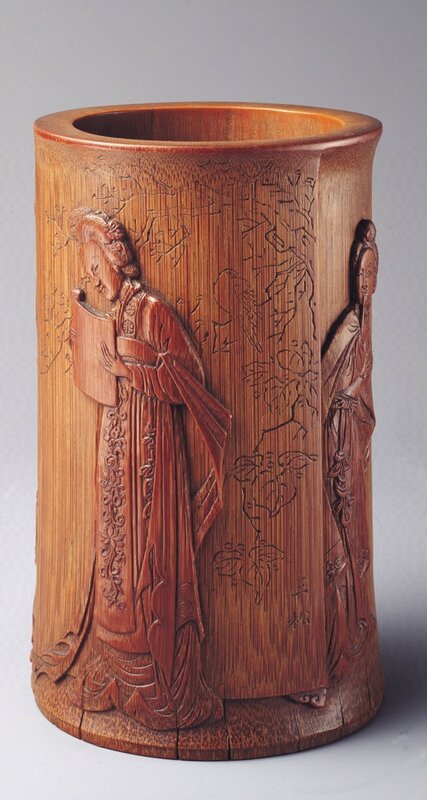

Lot 21. A rare small famille rose 'butterflies' saucer-dish, Yongzheng six-character mark and of the period (1723-1735). Estimate HK$ 800,000 - 1,200,000 (€96,000 - 140,000). © Bonhams 2001-2016
With steep flaring sides rising from a tapered foot, exquisitely enamelled to the interior with four butterflies with widespread wings, decorated in rich and various brilliant tones of famille rose, surrounded by dense vine scrolls framed within a medallion, the exterior and base left plain with a six-character kaishu mark, box. 9cm (3 1/2in) diam. (2).
Provenance: A French private Collection, by repute
Artus Enchères, Paris, 20 April 2011, lot 198.

Notes: The present saucer-dish is a refined and more complex 'butterflies and floral blossom' design following directly from the Kangxi period. See a Beijing enamel barbed-rim dish, Kangxi, illustrated in Compendium of Collections in the Palace Museum: Enamels 5. Painted Enamels in the Qing Dynasty (1644-1911), Beijing, 2011, pl.29.
A very similar design can be seen on a falangcai-enamelled teapot and cover, Yongzheng blue enamel four-character mark and of the period, which was originally in the Hall of Mental Cultivation (Yangxin Dian), and is now in the National Palace Museum, Taipei, illustrated in Porcelain with painted enamels of Qing Yongzheng period (1723-1735), Taipei, 2013, pp.246-247 and 330, no.85.
The Yongzheng emperor made the 'Hall of Mental Cultivation' (Yangxin Dian), his primary residence in the Forbidden City, instead of the 'Palace of Heavenly Purity' Qianqinggong, which was used by previous emperors. Given the similarity of design, it is very possible that the present saucer-dish was also originally placed in the 'Hall of Mental Cultivation'. The design combining a pair of adult butterflies and a pair of young encircling a peony blossom, represents conjugal fidelity and the wish for descendants, and therefore would have been particularly suitable for the emperor's residence.
See also a related Beijing enamel lobed dish, Yongzheng mark and of the period, decorated with a pair of butterflies amongst peony and chrysanthemum, in the National Palace Museum, Taipei, illustrated by Chen Hsia-Sheng, Enamel Ware in the Ming and Ch'ing Dynasties, Taipei, 1999, pl.99.
Bonhams. FINE CHINESE CERAMICS AND WORKS OF ART, 2016-11-29, 14:00 HKT - HONG KONG, ADMIRALTY










































